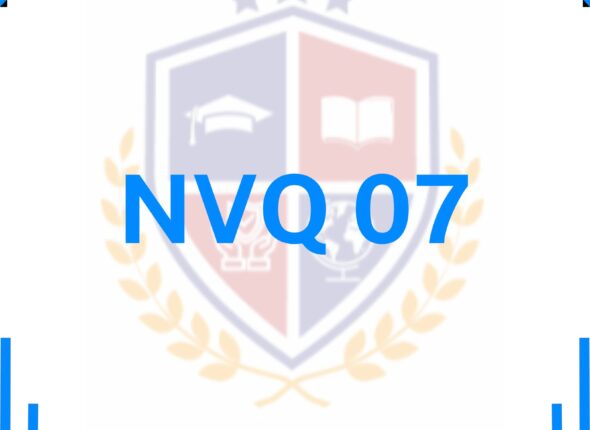- Description
- Curriculum
- FAQ
- Notice
Course Outline
The N.E.B.O.S.H IG is structured into two units:
1. IG1: Management of Health and Safety
- Why we should manage workplace health & safety
- How health & safety management systems work and what they look like
- Managing risk—understanding people and processes
- Health & safety monitoring and measuring
2. IG2: Risk Assessment (Practical Application)
- Physical and psychological health
- Musculoskeletal health
- Chemical and biological agents
- General workplace issues
- Work equipment
- Fire safety
- Electricity hazards
Eligibility Criteria
The N.E.B.O.S.H IG course is open to anyone interested in health and safety, but the following backgrounds are recommended:
✔ Newcomers to Health & Safety (Basic knowledge of workplace safety)
✔ Supervisors & Managers (Responsible for safety management in the workplace)
✔ HSE Professionals (Looking to enhance their qualifications)
✔ Individuals with a Basic Safety Certification such as:
- IOSH Managing Safely
- OSHA 30-Hour Construction / General Industry Certification
- While there are no strict academic prerequisites, having a basic understanding of the English language is necessary as the assessments are written in English.
Assessment Scheme
The N.E.B.O.S.H IG certification follows a two-part assessment structure:
IG1—Open Book Examination (OBE):
- Scenario-based, open-book assessment
- Completed online within 24 hours
- Requires applying knowledge to a workplace scenario
IG2—Practical Risk Assessment Report:
- A workplace-based risk assessment project
- Candidates identify hazards, evaluate risks, and suggest control measures
- Must be submitted within a given deadline
Passing Criteria
To successfully achieve the N.E.B.O.S.H IG certificate, candidates must meet the following criteria:
- IG1 (Open Book Exam): Minimum passing mark—45 out of 100
- IG2 (Risk Assessment Report): Marked as Pass/Fail
Why Choose Us for Your N.E.B.O.S.H IG Training?
✅ Expert HSE Instructors with Industry Experience
✅ Flexible Learning Options—Online & Classroom
✅ Practical Approach with Real-Life Case Studies
✅ High Pass Rate & Full Exam Preparation Support
1. Feature Alert!
Explore Our Latest Additions – Unleash Enhanced Functionality Today
2. Maintenance Notice
Scheduled Downtime on [Date]. Thanks for Your Patience.
3. Upcoming Event!
Join Us for [Event Name]. Save the Date and Get Ready for an Exciting Experience!



